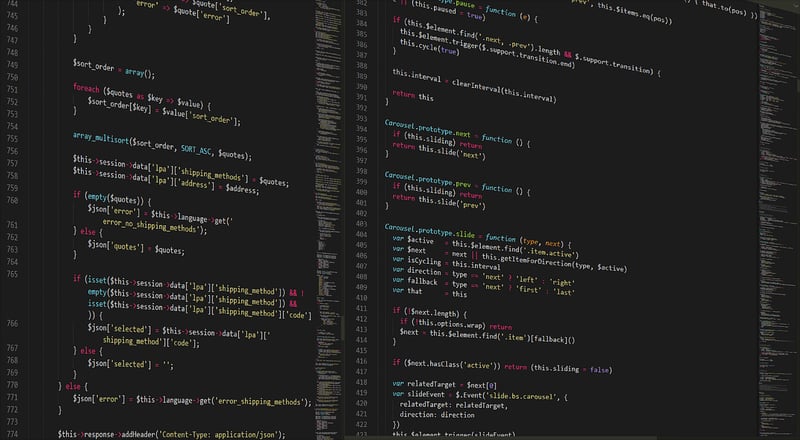Robotic Spacecraft Development
Innovations for Interstellar Exploration and Robotic Spacecraft Development
Introduction
Interstellar exploration represents the pinnacle of human curiosity and technological advancement. As we seek to expand our understanding of the universe, innovations in spacecraft development are crucial for venturing beyond our solar system. Robotic spacecraft play a vital role in these endeavors, paving the way for groundbreaking discoveries in the vast expanse of interstellar space.
Advancements in Interstellar Exploration
Recent years have witnessed remarkable progress in the field of interstellar exploration. From advanced propulsion systems to cutting-edge communication technologies, scientists and engineers are pushing the boundaries of what is possible in space travel. One of the most exciting developments is the concept of laser propulsion, which could revolutionize interstellar travel by achieving speeds close to the speed of light.
Key Innovations:
- Laser Propulsion: Using powerful lasers to propel spacecraft at unprecedented speeds.
- Nuclear Propulsion: Harnessing the energy of nuclear reactions for efficient interstellar travel.
- Advanced Robotics: Developing autonomous robots for exploring distant planets and moons.
Role of Robotic Spacecraft
Robotic spacecraft are instrumental in gathering data from remote regions of space where human presence is not feasible. These unmanned explorers are equipped with a variety of instruments and sensors to study celestial bodies, analyze atmospheric conditions, and search for signs of extraterrestrial life.
Benefits of Robotic Spacecraft:
- Cost-Effective Exploration: Robotic missions are more cost-effective than crewed missions, allowing for a greater number of scientific endeavors.
- Extended Mission Durations: Robots can withstand harsh conditions and operate for extended periods, enabling long-term exploration.
- Risk Mitigation: Sending robots to hazardous environments reduces risks to human life and ensures mission success.
Future Prospects
The future of interstellar exploration holds immense promise, with ongoing research and development fueling innovative spacecraft designs and propulsion systems. From robotic swarms for collaborative exploration to self-repairing spacecraft, the possibilities are truly awe-inspiring. As we continue to push the boundaries of space exploration, the next frontier awaits us, ready to unveil its mysteries.
Exciting Projects:
- Breakthrough Starshot: A project aiming to send small, light-driven spacecraft to a nearby star system for exploration.
- Europa Clipper Mission: NASA's mission to study Jupiter's moon Europa for signs of habitability.
Embark on this journey of discovery and innovation, as we chart a course towards the stars and unlock the secrets of the cosmos.

Image Source: Pixabay
